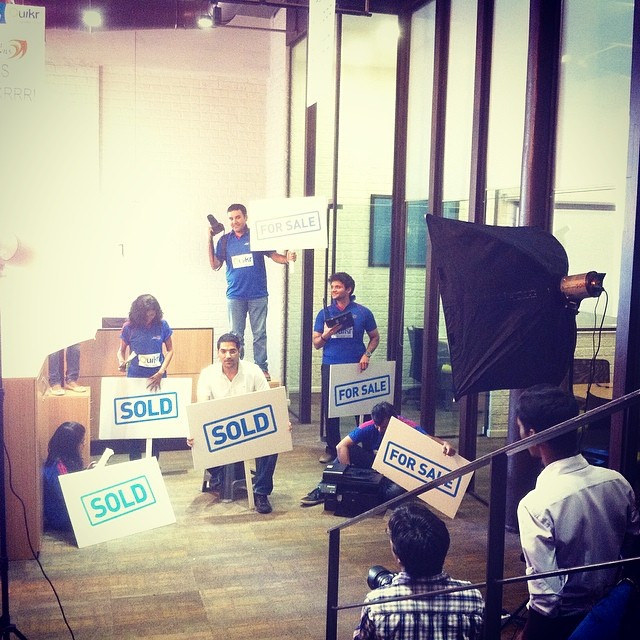According to a KPMG report published in 2016, the Indian online classifieds industry is projected to grow from $0.5 billion to $1.2 billion by 2020 at a CAGR of 22% driven by rapid growth of the e-services, real estate, and automobiles verticals. Quikr is a leader in this industry and also one of the most heavily funded startups in India.

Photo Credit: Abinash Mohanty/Flickr.com
Quikr’s Journey
Quikr was founded in 2008 by Pranay Chulet and Jiby Thomas in Bangalore. While working in New York, Pranay was inspired by how digital players like Craigslist were disrupting the traditional classifieds market. He came back to India to start a platform where the local community within a city could come together to buy, sell, rent or find anything in the neighborhood. It was initially launched in 2005 as Kijiji India, which was owned by Kijiji International, an eBay Inc subsidiary.
It initially started as a classic horizontal platform that brought buyers and sellers together. Today, it operates several large classifieds businesses across C2C, Cars, Education, Homes, Jobs, and Services. Real estate is its largest vertical, accounting for about 35% of its total revenue.
Users can list over 100 types of products ranging from mobile phones, electronics, cars, bikes, jobs, furniture, homes, to services. From a listing platform, it has expanded to enable payments on its platform as well as facilitate logistics across cities.
It gained popularity with the introduction of features like the Maximum Selling Price (MSP) calculator to determine a fair price range, a chat facility called QuikrNxt that maintains users’ privacy, and the ‘Missed call’ service that helps non-Internet savvy consumers post ads.
Today, it has over 4 million listings on its platform and over 30 million unique visitors. It is present in over 1200 cities in India and has 1,500 employees.
Quikr’s Financials
Quikr’s revenues come through third-party advertisements, lead generation for car dealers and real estate brokers, and paid listings by sellers. Quikr’s FY16 total revenue grew 44% to Rs 95 crore ($15 million) while net loss widened 20% to Rs 534 crore ($83.5 million). The company started controlling its expenses since FY15 when losses had doubled. In particular, advertising promotional expenses grew a mere 4% in FY16 compared to 140% a year ago. The company aims to break even by March 2019.














Leave A Comment